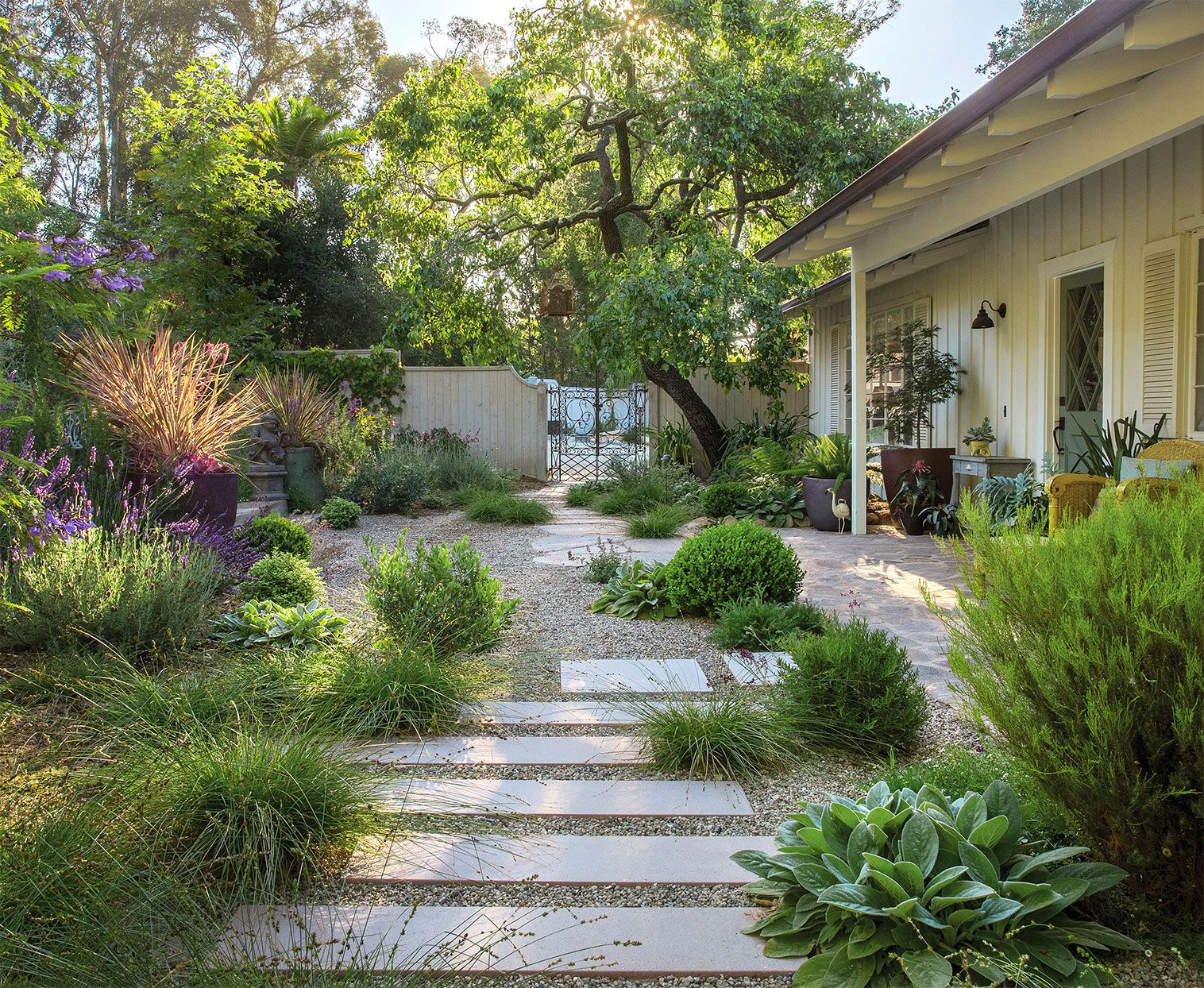7 Strategies for Establishing a No-Water Garden in Victoria, BC
Seven key strategies to help you develop a vibrant no-water garden in this region
Need help with your yard? Get your free quote today!
Get a Free Quote!
7 Strategies for Establishing a No-Water Garden in Victoria, BC
In the environmentally conscious and picturesque city of Victoria, BC, gardeners are increasingly seeking sustainable landscaping solutions that conserve water without sacrificing beauty. A no-water, or xeriscape, garden is an excellent approach to achieving this balance. By selecting drought-resistant plants and employing water-wise gardening techniques, you can create a lush, low-maintenance garden that thrives in Victoria's climate. Here are seven key strategies to help you develop a vibrant no-water garden in this region.
1. Choose Native and Drought-Tolerant Plants
The backbone of any no-water garden is its plant selection. Opt for native plants like the Pacific bleeding heart (Dicentra formosa) and Oregon grape (Mahonia aquifolium), which are well-adapted to the local climate and require minimal watering once established. Drought-tolerant non-native species, such as lavender (Lavandula spp.) and sedum (Sedum spp.), are also excellent choices for adding variety and color.
2. Incorporate Succulents and Cacti
Succulents and cacti store water in their leaves, making them perfect for a no-water garden. They offer unique textures and forms, ranging from the rosettes of Echeveria to the striking vertical lines of tall cacti. These plants are particularly suited for sunny, well-drained spots in your garden.
3. Utilize Mulch to Retain Soil Moisture
Applying a generous layer of organic mulch around your plants can significantly reduce evaporation, helping the soil retain moisture longer. Mulch also suppresses weeds, reducing competition for water, and gradually improves soil health as it decomposes.
4. Design with Permeable Hardscaping
Incorporate permeable paving options like gravel, decomposed granite, or open pavers into your garden design. These materials allow rainwater to seep into the ground, recharging the local aquifer and reducing the need for supplemental watering.
5. Implement a Rainwater Harvesting System
While your garden may not require regular watering, having a rainwater harvesting system can provide an eco-friendly source of water for occasional use. Collect rainwater from downspouts in barrels or install a more sophisticated system to capture and store water for the driest months.
6. Create Efficient Irrigation Zones
If certain areas of your garden require occasional watering, design your landscape in zones based on water needs. This approach ensures that only the plants that need water receive it, minimizing waste. Drip irrigation systems and soaker hoses are ideal for delivering water directly to the plant roots where it's needed most.
7. Ground Cover
Ground covers like creeping thyme (Thymus serpyllum) and woolly thyme (Thymus pseudolanuginosus) provide a beautiful, green carpet that requires no mowing or watering.
By adopting these strategies, gardeners in Victoria, BC, can create stunning no-water gardens that are both environmentally friendly and low maintenance. Such gardens not only conserve precious water resources but also provide a serene and sustainable oasis that you can enjoy year-round.
